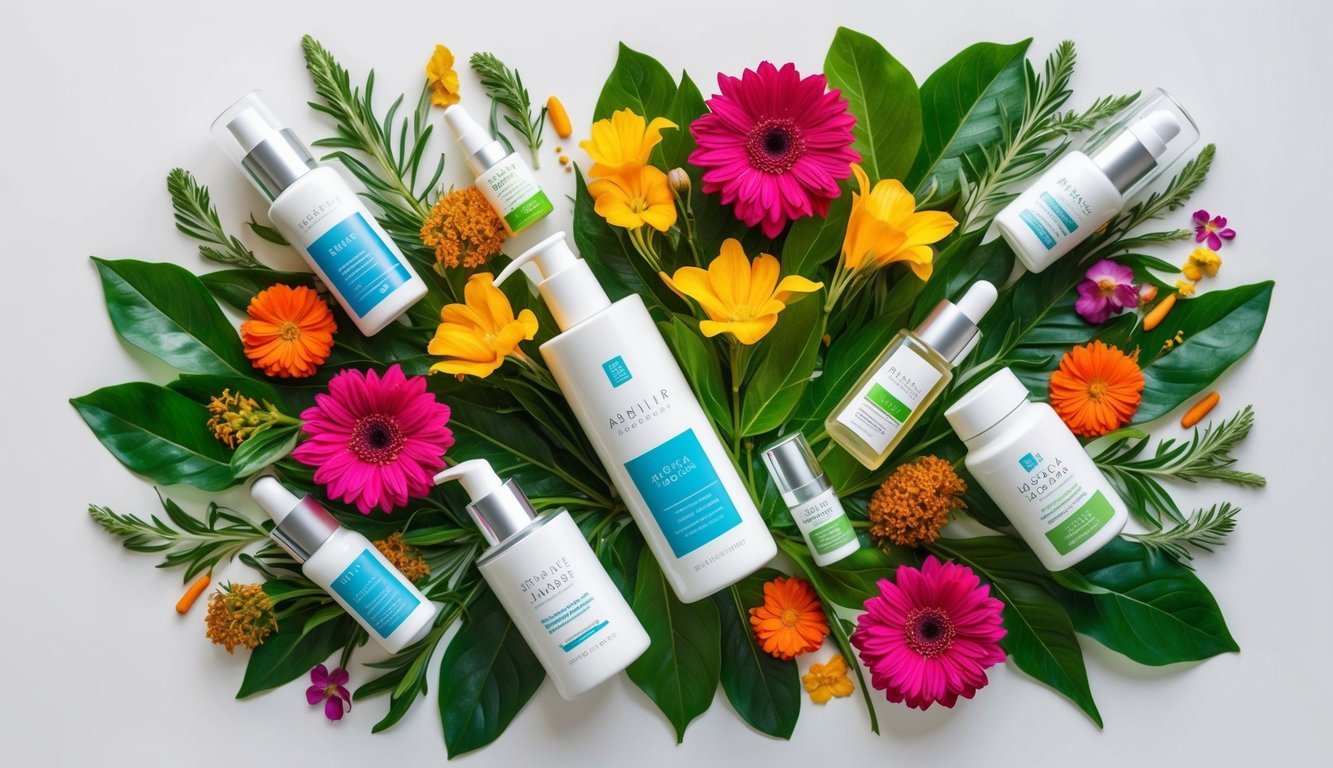
Younger consumers are experiencing a transformative moment, emphasizing skin health over the pursuit of unattainable beauty standards.
Shifting Perspectives on Aging
As Generation Z evolves, so do their perspectives on aging. The oldest members of this demographic, who once reveled in the world of social media filters, are now stepping into their mid-to-late twenties. This personal growth has led to a noteworthy trend: a rise in interest for injectable preventative treatments, often dubbed ‘baby Botox.’
A recent study from CivicScience reveals that 30% of U.S. adults aged 18 to 24 have tried non-surgical interventions, including Botox and dermal fillers. In the United Kingdom, one-quarter of women aged 18 to 34 express interest in these treatments, a sharp contrast to the mere 10% of the overall population who show the same enthusiasm, according to insights from Mintel.
The Rise of ‘Prejuvenation’
However, alongside this interest in injectables lies a burgeoning movement known as ‘prejuvenation.’ This trend has become a hot topic on social media, igniting discussions about the potential downsides of excessive or incorrectly administered injections, which might make youthful individuals appear older rather than enhancing their beauty.
Experts in the industry have observed a consistent demand for Botox and other injectables, but they also note an emerging fascination with hashtags like #notox and #botoxdetox that are gaining traction online. Joshua Britton, founding visionary behind Debut Biotech and L’Oréal-backed skincare line DEINDE, highlights that these budding microtrends may signal a significant pivot in consumer preferences, indicating a broader cultural shift on the horizon.
Future Implications
This growing movement towards prioritizing skin health over artificial enhancements may redefine beauty industry standards. As consumers increasingly focus on preventative measures, the future of aesthetics could see a drastic shift, promising a more holistic approach to skincare.
Source: Cosmeticsbusiness

